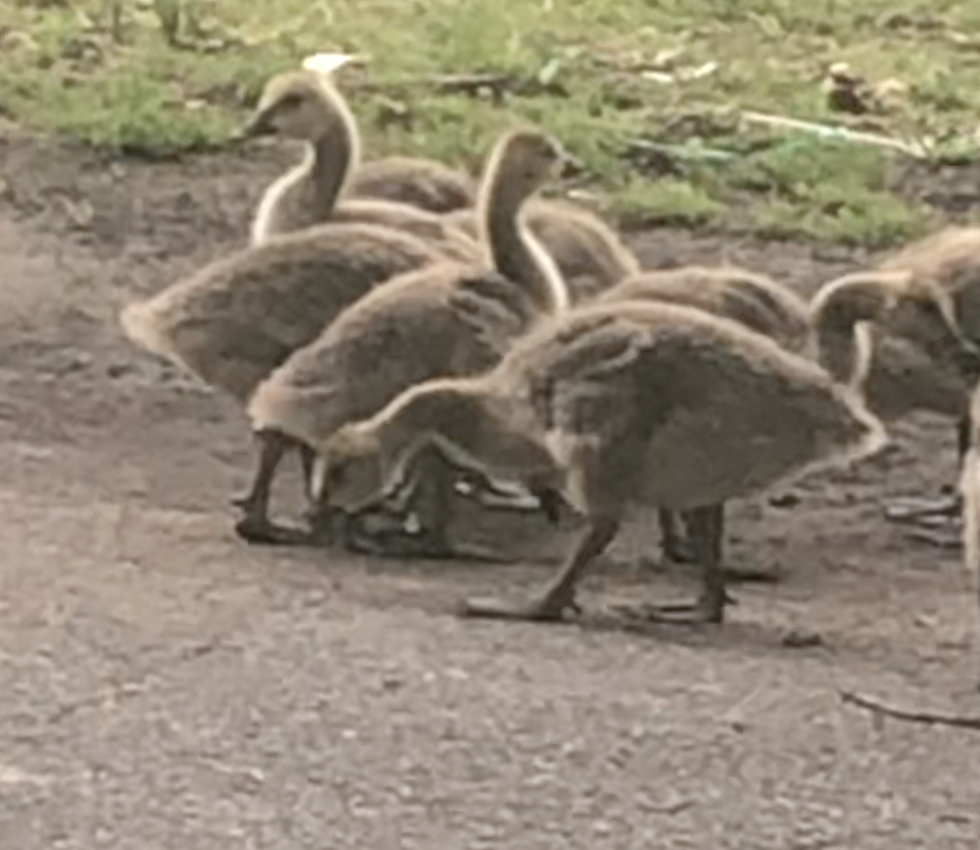|
Movement and mobility for survival
I find that animals and wildlife around me inspire to think about movement in a different way. Are there animal movement patterns that inspire you? Citations:
1 Comment
Carol A Schachter
6/5/2022 06:56:01 pm
What inspires me is the waggle dance of the honeybee to communicate. It's complex because certain dances involve movements in connection with the hive location while other dances involve a connection to the sun. Isn't that amazing? I loved the video of the geese and their movements. Nature is forever filling me with wonder and it's nice to know that this website focuses on such an intriguing subject.
Reply
Leave a Reply. |
About SlokaMy name is Sloka. I am a neuroscientist and Bharatanatyam dancer; you can find more about me here. Archives
June 2024
|
